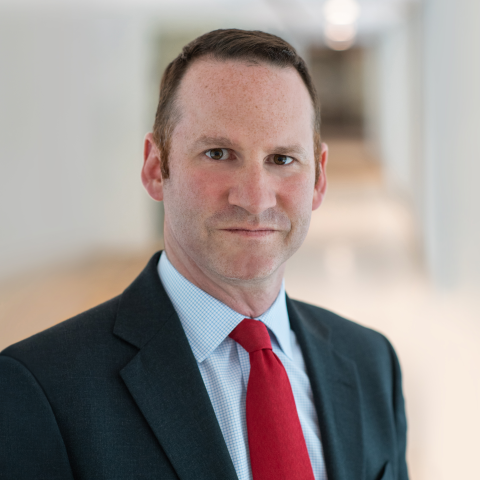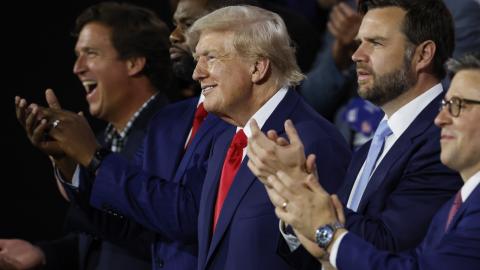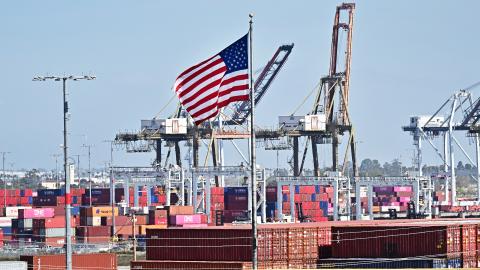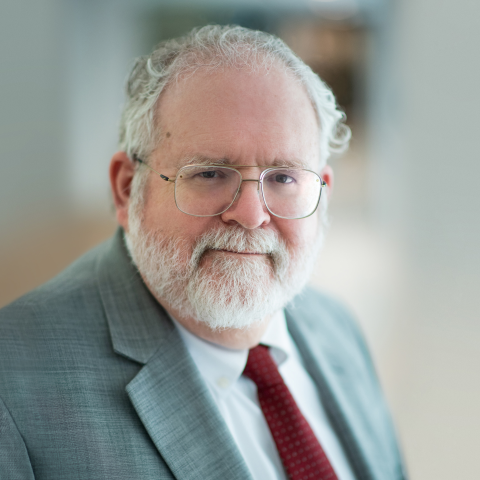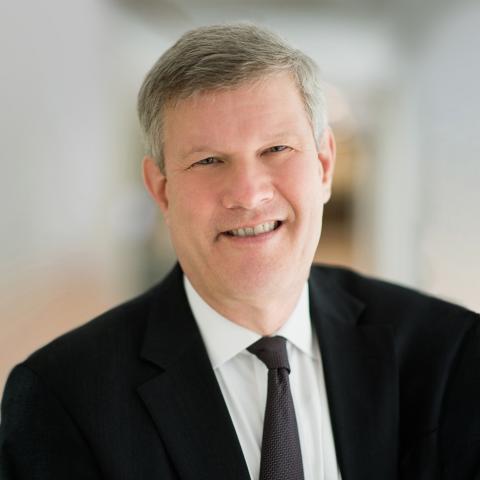__This essay is part of a series exploring the importance of allowing flexible business models in the American economy.__
The United States has the largest and perhaps most complex economy in the world. It is tempting to avoid this complexity by describing much or even all of its economy with simple and familiar business models, such as wholesale-retail distribution networks. But doing so paints an inaccurate, incomplete portrait of the U.S. economy.
In the typical wholesale-retail network model, a consumer makes purchases at a retail outlet, such as a grocery store. The grocery store, in turn, purchases different types of foods from a range of wholesale distributors, usually merchant wholesalers, and takes possession of the goods.
Merchant wholesalers purchase and take possession of products from manufacturers, farmers, and other primary producers. They take legal title to these products and usually have their own warehouses. The wholesaler and the retailer are large professional institutions that facilitate transactions between the primary producers and the consumer.
Some wholesalers, called non-merchant wholesalers, do not take title to products—that is, a legal ownership interest in them. These wholesalers sell on commission and are often agents, brokers, or electronic marketplaces. They are an important and growing part of wholesale-retail networks.
Although many consumer purchases are made through these and similar wholesale-retail distribution networks, the majority of consumer expenditures are not.
To see why, examine Table 1, which presents consumer expenditures as measured by the Bureau of Economic Analysis of the Department of Commerce. The table illustrates that in the second quarter of 2019, 68.9 percent of American consumer expenditures were for services, not products.
While a few financial services might be viewed through the lens of the wholesale-retail distribution model, the vast majority are purchased directly from the provider, without wholesalers and retailers in between. Common examples are restaurants, barbers and hairstylists, and transportation. Simply put, the vast majority of consumer expenditures are for services that are not part of a traditional wholesale-retail network.
As Table 1 shows, 31.1 percent of consumer expenditures in Q2 2019 were for goods. Although many goods are sold through wholesale-retail networks, many others are not. For example, factories deliver new automobiles directly to dealerships, and we do not usually speak of a wholesale automobile supply chain.
Similarly, many other goods go directly from original producers to retailers without passing through a formal wholesale network. For instance, milk, eggs, and some produce may be sold directly from producers to retailers without a wholesale intermediary.
Ultimately, a consumer does not care how many levels of wholesale distribution a product or service has passed through. Consumers seek good quality at low prices from trusted sources. In some instances, consumers purchase goods and services through traditional wholesale-retail networks. In most others, they do not. Policymakers would be wise to acknowledge this reality.


